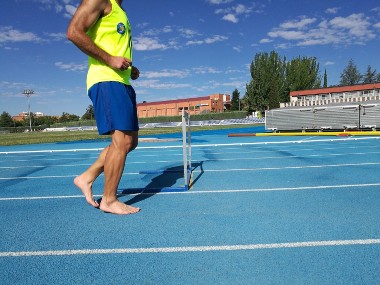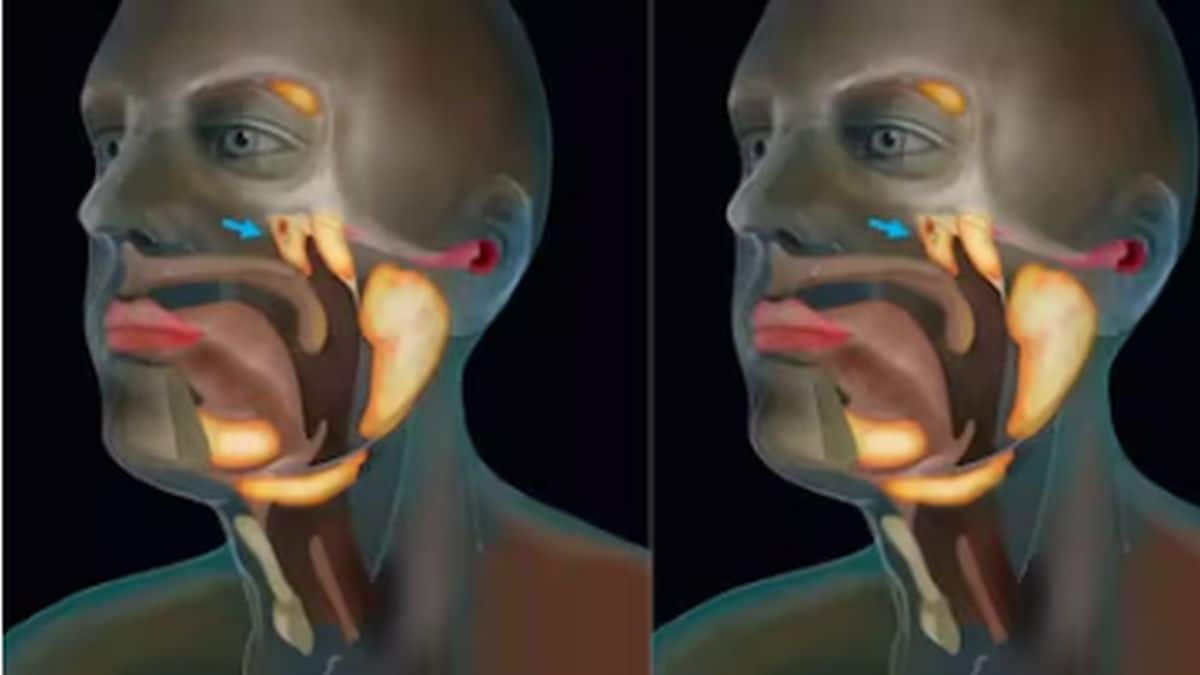Just 30 minutes of running can burn anywhere between 280 to 520 calories. The activity carries more benefits than one can count, including toning and building muscles, improving stamina and heart function, and reducing stress and anxiety. [caption id=“attachment_8039081” align=“alignleft” width=“380”]  Representational image. Image by uveese from Pixabay[/caption] The first thing that anybody who wants to run needs to sort out is footwear. Getting the right shoes is absolutely necessary to minimise injuries - or that’s what fitness experts and companies that manufacture shoes will tell you. Yet, if that’s really the case, why is barefoot running picking up so much in recent years? From Milind Soman to Jake Gyllenhaal, youth icons from across the globe are choosing to run barefoot rather than wear shoes specially designed to allow your feet to “breathe” and reduce the foot stress. The reason behind this is simple: humankind, like all other animals, first learned to walk and run barefoot.
The evolution of footwear and injuries
According to a study published in the British Journal of Sports Medicine in 2013, humans have used footwear for the past 50,000 years in some form or the other and gradually adapted to increased footwear use over time. Modern running shoes came into existence only in the 1970s, when endurance running became popular as a way to manage and prevent chronic lifestyle-related diseases like heart disease, obesity, hypertension and diabetes. And while the popularity of running shoes increased, so did the realisation that running puts a lot of stress on the joints and muscles of the feet, shins, knees, thighs and legs. Data gathered since the 1970s have shown that there’s a 50-79% prevalence of running-related injuries, including torn ligaments, sprained ankles, shin splints, stress fractures, etc. Of course, the running shoe-makers of the world caught on to this risk runners were exposed to, and created new technologies to cope with them. Increased heel bevel (that curved protrusion on the back of your shoes), softer and thicker soles for cushioning, dual-density medial midsole support, etc were all invented in the hopes that minimising impact forces and joint angle changes will also reduce the risk of injuries. This, clearly, did not happen, and shoemakers are yet to design a completely injury risk-free running shoe.
Benefits of barefoot running
And while the running shoe industry was trying to adapt to this prevalence of injuries, some made their mark globally by running barefoot while insisting that this method of running is what humans were naturally supposed to do - and therefore could lead to minimal or no injuries. Ethiopian runner Abebe Bikila ran barefoot and won the gold medal for the Olympic marathon in Rome in 1960. His example has inspired many athletes to go barefoot running on professional and recreational tracks through the decades until barefoot running became a trend in 2009 and shoe companies started manufacturing “minimalist shoes” in 2011. This new trend also spurred a lot of research into barefoot running, all of which supported the fact that this method is highly beneficial. A study in Sports Health in 2014 reveals that barefoot running has three major benefits:
- Injury prevention
- Enhanced running efficiency
- Improved performance
The same study also revealed that though shoe companies are now developing minimalist shoes to replicate the mechanisms of barefoot running — especially stride frequency, stride length, foot strike pattern etc — these technologies are still not up to the par. What’s more, definitive research into the side effects of barefoot running has also not been conducted yet. So, if you’re wondering if you should start barefoot running, you probably should. But running barefoot on Indian streets is never a good idea. Instead, you can try the following tips, to begin with:
- Find a track with a hard surface that’s also clean. Avoid grassy tracks and sandy beaches with tidal shells and stones.
- Run lightly and quietly, and make sure you always land on your forefoot or midfoot.
- Start barefoot running for short durations since your feet are more used to shoes. Gradually increase your barefoot running time.
- Get minimalist shoes if you’re afraid of injuries in the beginning.
- Once you’re used to running barefoot after a few months’ training, gradually shift to softer surfaces.
For more information, read our article on Running: Benefits, Side Effects, Tips and Precautions_._ Health articles in Firstpost are written by myUpchar.com, India’s first and biggest resource for verified medical information. At myUpchar, researchers and journalists work with doctors to bring you information on all things health.


)

)
)
)
)
)
)
)
)



